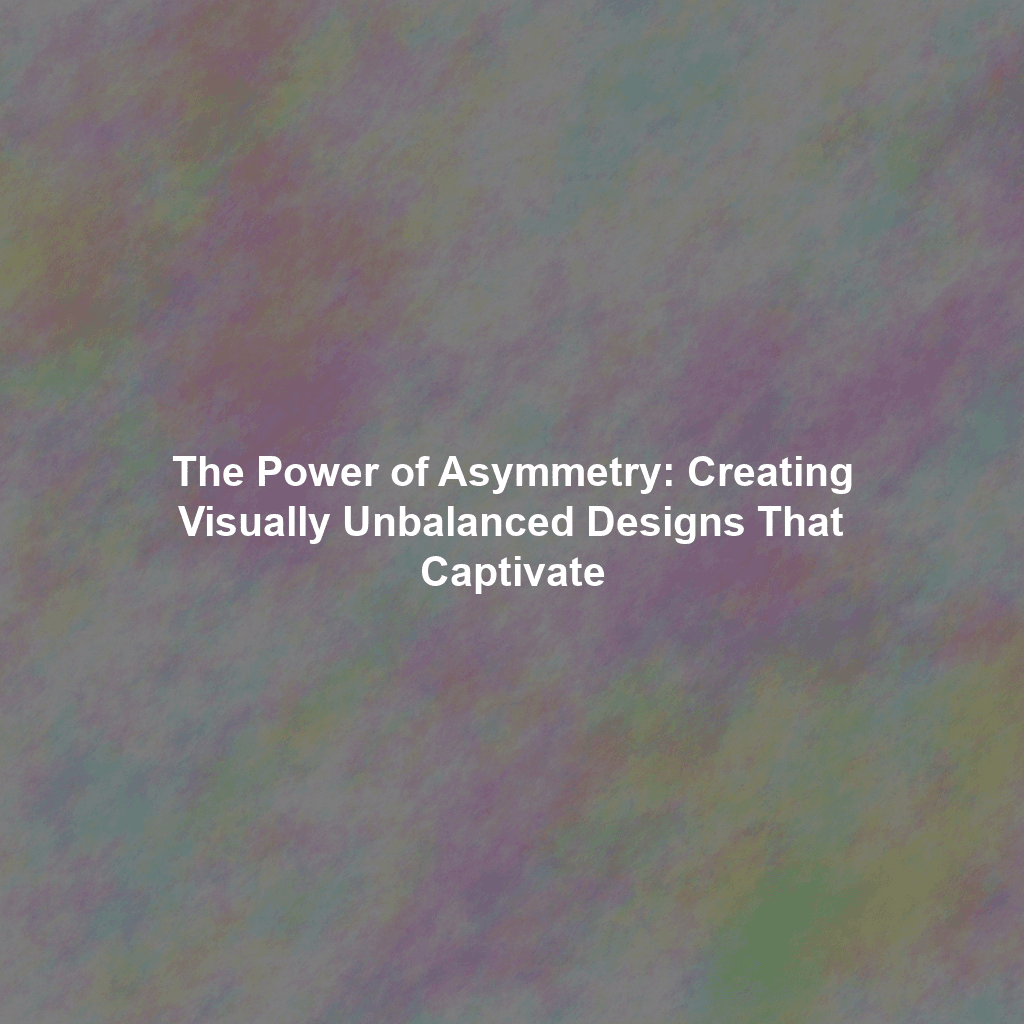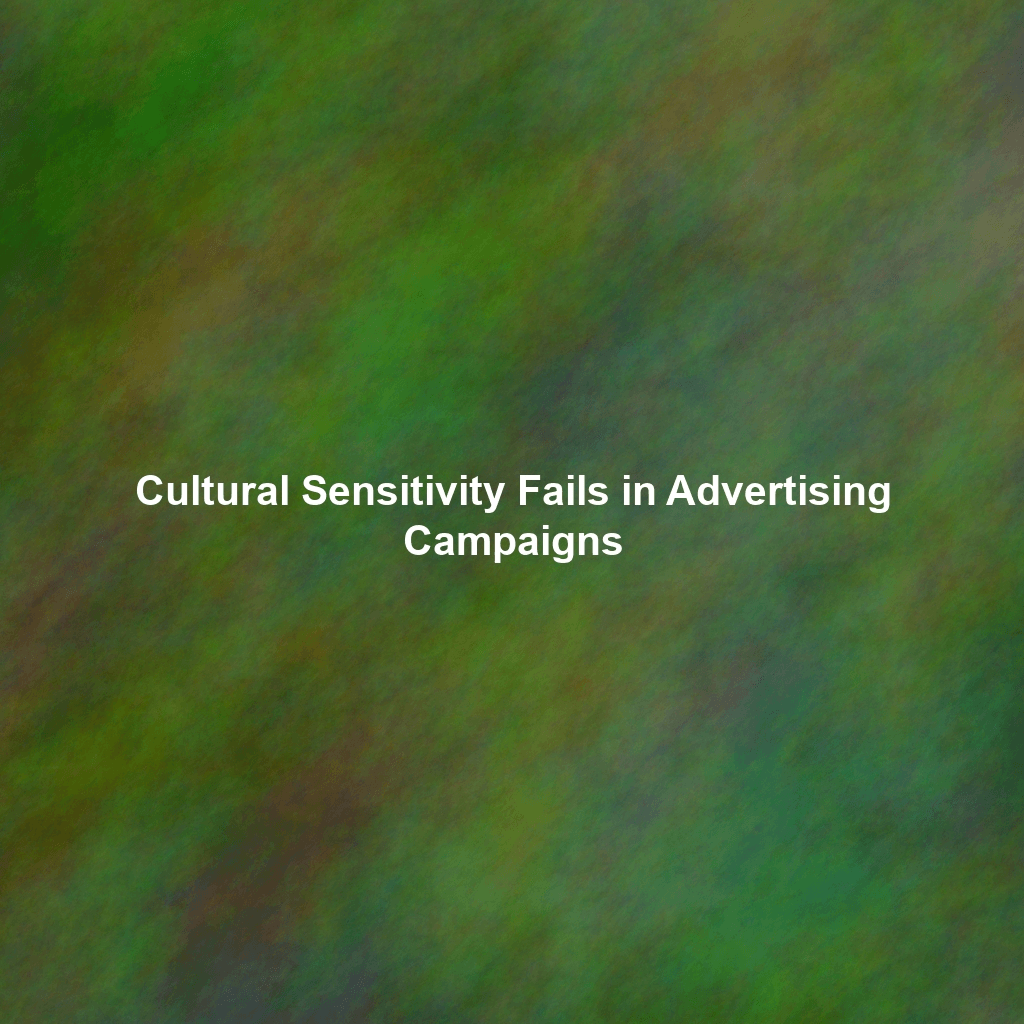In the relentless pursuit of growth, marketers often find themselves wading through a sea of sameness. Everything looks…well, symmetrical. Predictable. And utterly forgettable. But what if I told you that deliberately breaking the rules of visual balance could be your secret weapon? Enter: asymmetrical design, a weird marketing trick that can inject dynamism, intrigue, and ultimately, growth into your brand.
Why Symmetry is Safe (and Boring)
For centuries, symmetry has been lauded as the epitome of beauty and harmony. Think of the Parthenon, the Mona Lisa, or even the layout of most websites. Symmetry feels safe. It’s predictable, comforting, and easy to understand. But therein lies the problem. In today’s attention economy, safe is boring. Boring gets scrolled past. Boring doesn’t convert.
Symmetry can lull your audience into a state of passive consumption. It doesn’t challenge them, doesn’t spark curiosity, and doesn’t force them to actively engage with your content. In a world saturated with information, standing out requires a more disruptive approach.
The Allure of Asymmetry: Disrupting the Norm
Asymmetrical design, on the other hand, deliberately avoids perfect mirroring. It uses uneven distribution of elements, creating a sense of visual tension and movement. This tension, when executed well, is what grabs attention and holds it captive.
Capturing Attention: The Zeigarnik Effect
One reason asymmetry works so well is its inherent ability to trigger the Zeigarnik effect. This psychological phenomenon suggests that people remember incomplete or interrupted tasks better than completed ones. An asymmetrical design, with its inherent imbalance, creates a sense of “incompleteness” that urges the viewer to explore and understand the visual puzzle, thereby increasing engagement and recall.
Creating a Dynamic Visual Hierarchy
Asymmetry forces the eye to move around the composition, naturally guiding the viewer to key elements. You can strategically place your call-to-action buttons, important messaging, or product highlights in areas that will receive the most attention due to the asymmetrical layout. This makes it a powerful tool for directing user flow and improving conversion rates.
Evoking Emotion and Personality
While symmetry can feel formal and sterile, asymmetry can convey a sense of energy, creativity, and even rebellion. It allows you to inject personality and character into your brand, making it more relatable and memorable. Think of brands known for their unconventional approaches – they often embrace asymmetry to visually represent their unique identity.
Asymmetry in Action: Weird Marketing Tricks for Growth
So, how can you leverage the power of asymmetry for growth hacking?
Website Design: Unconventional Layouts
Ditch the standard grid system and experiment with broken layouts, staggered elements, and unexpected visual pairings. Use large, impactful visuals on one side of the screen, balanced by smaller text blocks or interactive elements on the other. Remember to maintain readability and accessibility.
Advertising Campaigns: Disruptive Visuals
Create ads that defy convention. Use asymmetrical image compositions, unexpected color palettes, and unconventional typography. The goal is to stop the scroll and make people question what they’re seeing, prompting them to learn more.
Social Media: Eye-Catching Content
Apply asymmetrical principles to your social media posts. Experiment with different image crops, text overlays, and background elements. Use asymmetrical video editing techniques to create visually arresting short-form videos that stand out from the algorithm.
Email Marketing: Engaging Email Designs
Even in email marketing, you can leverage asymmetry. Break up the monotony of standard email templates with asymmetrical layouts that draw the reader’s eye to key information and calls to action. Use contrasting colors and visual hierarchy to guide them through the message.
The Caveats: Balance is Still Key (Sort Of)
While asymmetry is about breaking rules, it’s not about creating visual chaos. The goal is to create a dynamic and engaging experience, not a confusing or frustrating one. You still need to consider visual weight, contrast, and hierarchy. Think of it as organized imbalance. There needs to be a sense of visual harmony, even within the asymmetry.
Furthermore, consider your target audience and brand identity. Asymmetry might not be appropriate for all brands or audiences. If your brand is built on tradition and stability, a radical shift to asymmetrical design might alienate your core customers. It’s crucial to test and iterate to find the right balance.
Conclusion: Embrace the Imbalance, Fuel the Growth
Asymmetrical design is a powerful, yet often overlooked, tool for growth hacking. By deliberately breaking the rules of visual balance, you can capture attention, guide the eye, and evoke emotion, ultimately leading to increased engagement and conversion rates. So, dare to be different. Embrace the imbalance. And watch your brand stand out from the symmetrical sea of sameness.
 Skip to content
Skip to content

